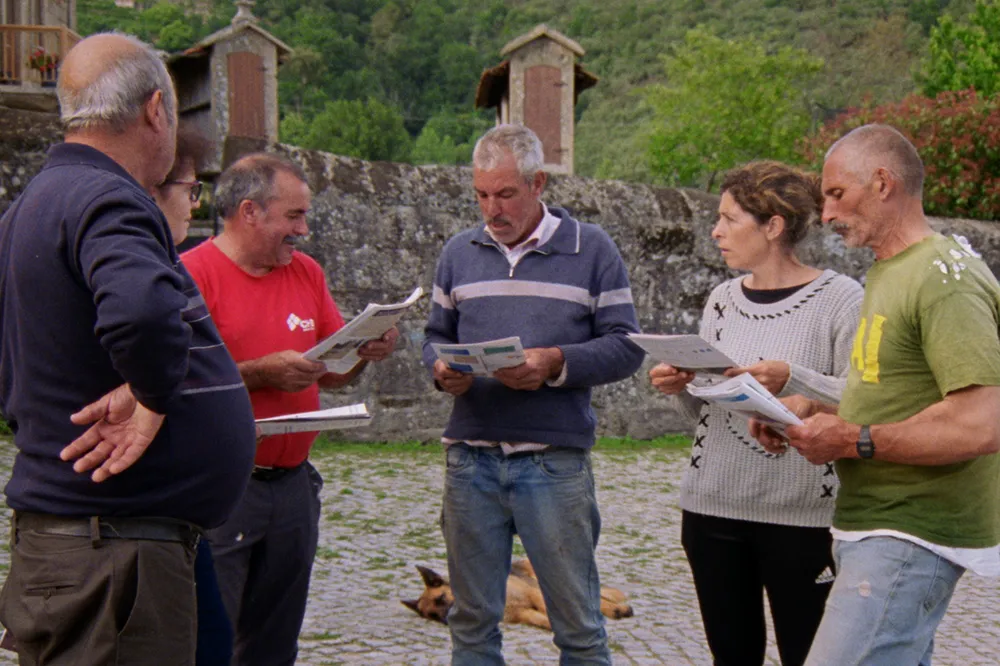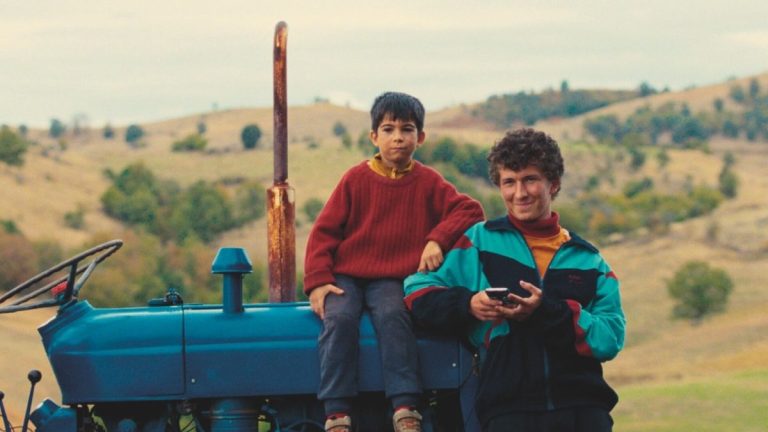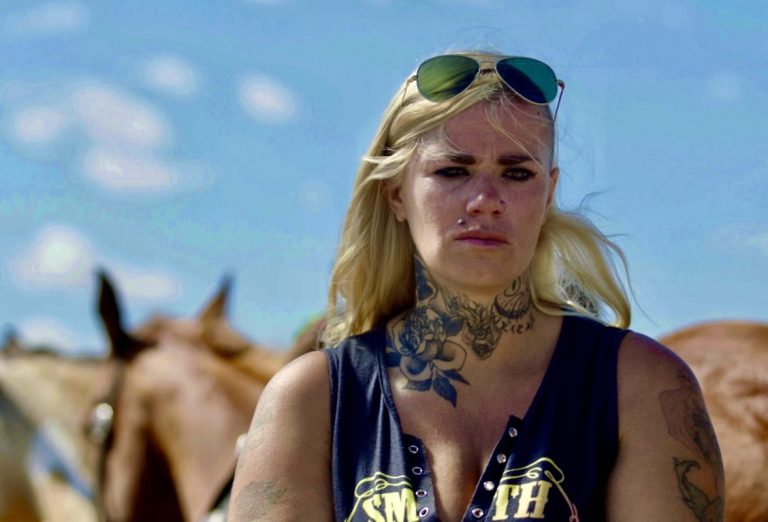Some films are so loose and undefined by design that they assume the force of virtue. Such films may frustrate a viewer looking for a conventional plot structure, but with the help of patience and a willingness to absorb and understand, they reveal themselves as having monumental scope. An enthusiastic viewer is left abundant space to linger, wander, and collect their thoughts without the film ever hurrying up things.
These films have patience and attentiveness to their settings in heaps. While the latitude of such interpretive space will engender mixed feelings among disparate viewers, the film distinguishes itself by a positive stubbornness of character. It refuses to make its statements easily and instantly palatable. This is not to say the film is distancing, and its wilful abstruseness is alienating instead of being effective. But the sense of adventure and scale, an ambition tightly incorporated into itself, form attractive proposals. All these are on grand yet humbling display in Paulo Carneiro’s third feature, “Savanna and the Mountain.”
The film isn’t hesitant in being uncontained and uncategorizable. It leaps across form and style with a freedom and vastness that isn’t reducible. It has the archetypal clash that forms its bedrock. Moreover, the film zeroes in on the Portuguese village of Covas de Barrosa as it battles a creeping disquiet in the shape of a mining operation. The mountains have been laid prey to a massive lithium mining initiative mounted by the London-based Savanna Resources.
The concerted government-backed mining endeavor doesn’t have the villagers’ go-ahead. They aren’t even aware of such a thing being put in place before it starts in effect. The process of detection is slow and gradual. Suddenly, one day, the locals find their horses skittish and full of nervous energy. The film opens with this, almost engineering a thriller-like mode that enables a connection based on curiosity.

Soon, suspicion in the village escalates. The film is strongly geared toward the small, tightly-knit community in the village. There’s a communal sense that’s heavily underlined with the villagers huddling to think through their praxis, ideating a proper course of action and possible means of registering their stiff dissent. The villagers haven’t even been consulted. It’s just imposed on them. The authorities assure them that lithium mining will not have any consequences as such, urging them not to worry since anyway the village has witnessed several other kinds of mining activities in the past. They are also promised a surge in job opportunities that will be opened up by dint of the initiative.
However, the villagers are canny and wary of the project. They are skeptical of every promise and confident in their intuitive knowledge that the mining, which purports to be of service locally, will largely and inevitably be destined for the betterment and benefits of their well-heeled European neighbors. The film accentuates the villagers’ sharp awareness of their own brutal reality and that the project will ultimately not deign to have anything to do with their community apart from delivering empty promises and depleting local resources in exchange for international leverage.
Spanning several seasons, “Savanna and the Mountain” also foregrounds the deeply religious bent of the community. This is woven into the spirit of protest and fierce resistance that animates the film. The region’s history of fightback against colonizers is also strikingly invoked, brilliantly intertwined with stylistic tendencies that straight-up veer to Westerns. The film’s articulation is immediate and clear. The villagers will not pander one bit or kowtow to what they know is harmful to them. The defiance that streaks “Savanna and the Mountain” endows it with a charge of being timelessly important, pressing, and explosive appeal that will resonate with assailed communities all over the world.





![Matewan [1987] Review – A Powerful Look at Labor Issues in Industrial America](https://79468c92.delivery.rocketcdn.me/wp-content/uploads/2021/01/Matewan-1987-768x416.jpg)


![Doctor Strange [2016] : Handsome, Ambitious and Cold](https://79468c92.delivery.rocketcdn.me/wp-content/uploads/2016/11/doctor-strange-trailer-poster-comic-con-768x384.jpg)